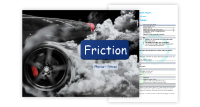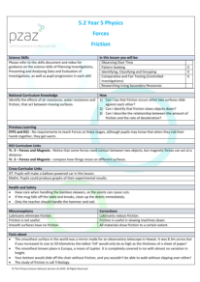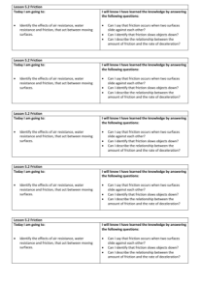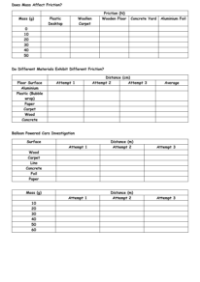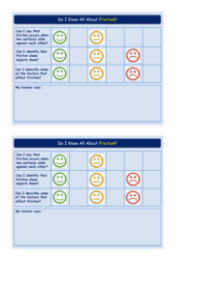Friction - Presentation
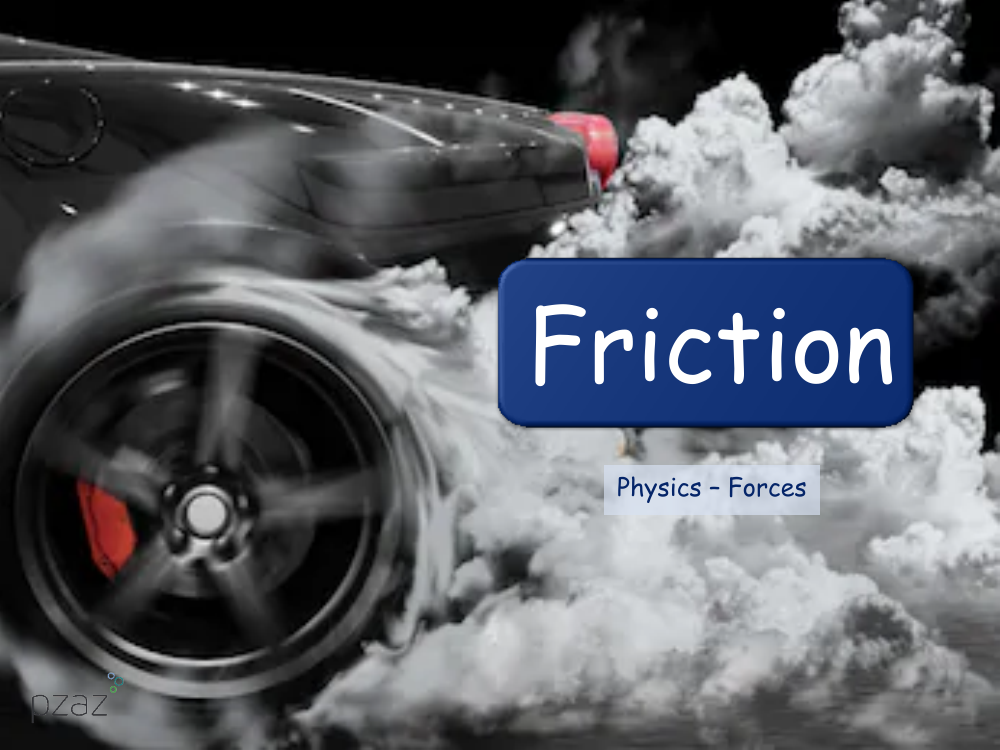
Science Resource Description
In a physics presentation about friction, students are introduced to the concept that friction occurs when two surfaces slide against each other, and its effects on motion. The learning objectives are clear: students should be able to state that friction happens during the sliding of surfaces, recognize that friction causes objects to slow down, and describe how friction affects deceleration. The presentation includes practical examples to illustrate the principles of friction, such as the familiar experience of rubbing cold hands together to generate warmth. Miss Stevens explains to her class that the heat produced from rubbing is due to friction, and the more forceful the rubbing, the more heat is generated. The lesson also covers safety, warning against the reduced friction when walking on ice and the potential for slipping.
The presentation continues with different scenarios to explore the concept of friction further. One example involves a handkerchief and a cup, demonstrating that friction exists between the fabric and the table, as well as between the mug and the fabric. Students learn that friction can vary in strength depending on how quickly or forcefully an object is moved. Another section delves into the relationship between mass and friction, explaining that increased mass can lead to increased friction, especially on rougher surfaces. The presentation also discusses experiments with cars on ramps and balloon-powered cars, showing that smoother surfaces result in less friction, allowing the car to travel further, while also considering other factors like the car's mass and the amount of air in the balloon. By the end of the presentation, students are expected to understand the basic principles of friction and how different factors can affect it.

